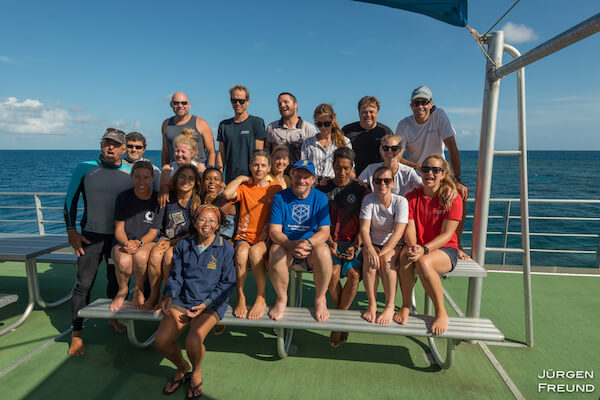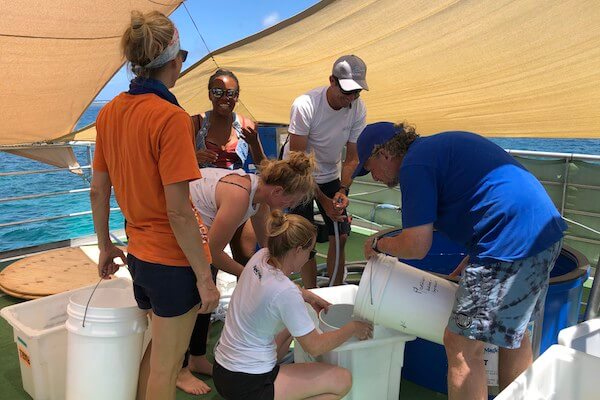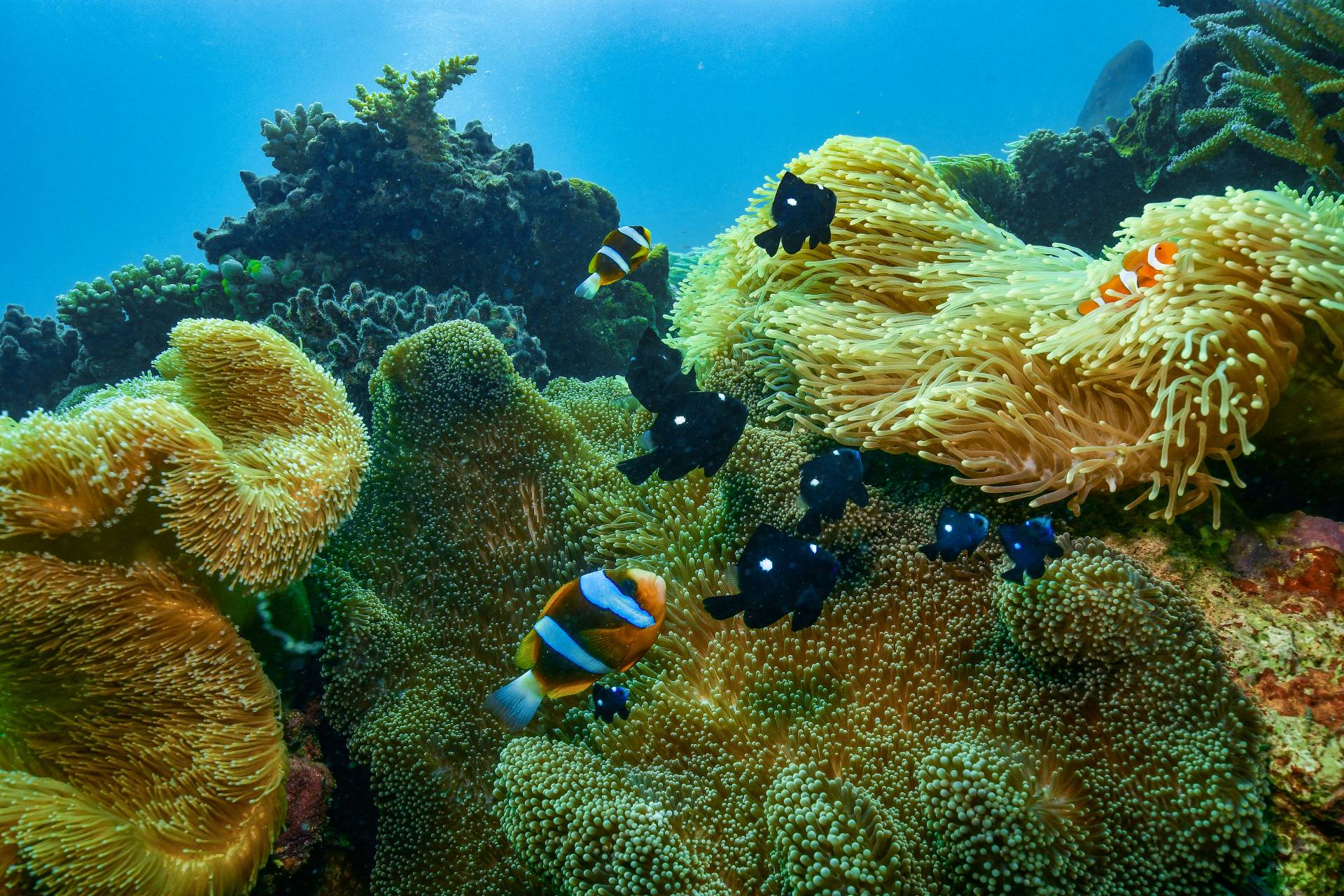Coral Larval Project
The coral larval project aimed to replenish coral through mass larval co-culture and settlement on disturbed coral reefs.
In 2018 and 2019, GBR Biology and Reef Magic worked with university researchers (Peter, Katie and David), Aroona Boat Charters and Citizens of the Great Barrier Reef on this ambitious, high profile research project. Video
Concept
The concept was to capture millions of coral eggs and sperm produced by mass coral spawning event, rear coral larvae for 5-7 days and then perform a target release of larvae onto impacted sections of the reef from previous disturbances.
Mass Coral Spawning
In 1981 a group of scientist from James Cook University in Townsville first discovered that the majority of hard corals release their eggs and sperm in little packets up to the surface. One of the scientist in this group was Professor Peter Harrison (Southern Cross University) and one of the lead researchers in the coral larvae project. Although first discovered on the Great Barrier Reef, this phenomenon has now been witnessed on all coral reefs around the world.
The extraordinary nature of this event, is that corals release all their reproductive material in one big massive broadcast synchronised spawning event. The team identified that water temperature (~ 28 °C) and 2-6 days after Full moon (weak tidal currents) were the main triggers for mass coral spawning. Around the Cairns region of the GBR, October to December are the prime coral spawning months.
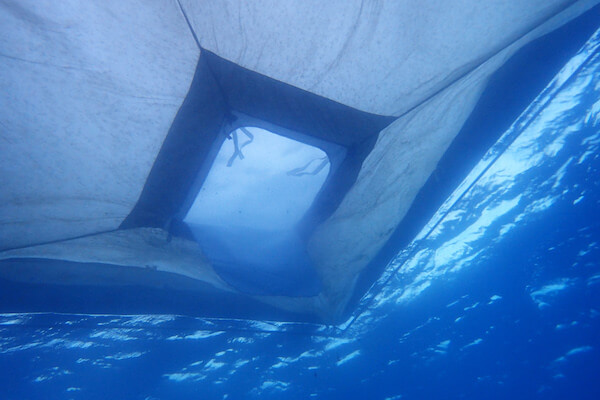
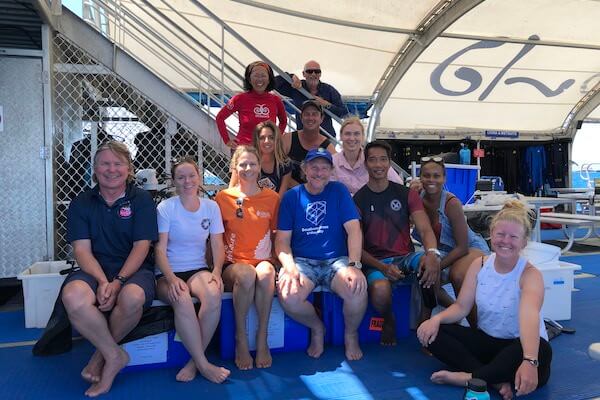
Spawn Catchers
In 2018, the north western section of Moore Reef was identified as a very healthy reef, due to high coral cover on the outer edges mainly due to the presence of the fast growing plate or table corals. Plate corals considered a foundational species or reef engineers, but also keystone species, in that they provide shade and protection for larger fish.
The teams will use several large catcher systems to collect the coral spawn. When the spawn is release, it is positively buoyant and floats to the surface and forms distinctive slicks. Coral spawning occurs when tidal currents are weakest and wind currents can dominate flow patterns. The catchers are positioned to face into dominant current flow, large boons are also used on either side of the catcher to funnel in coral spawn. Once the spawn catcher, becomes quite full with millions of coral spawn, the net in front of the spawn catcher, can be zipped up to contain the spawn.
Larval Rearing
The new developing coral babies can either stay in the spawn catchers or transferred to other floating larval rearing pools. The coral larvae are protected in these pools from predators and have a higher chance of survivorship than if left to the natural elements. Over the week it takes these larvae to develop, their density and development are closely monitored by researchers. Lots of microscope work. Over a 100 million larvae successfully reared in 2019 at Moore Reef.
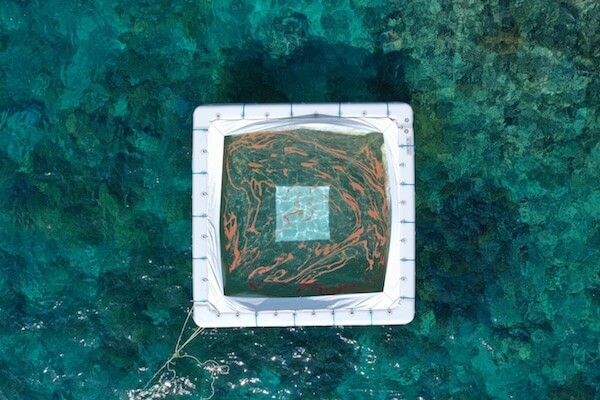
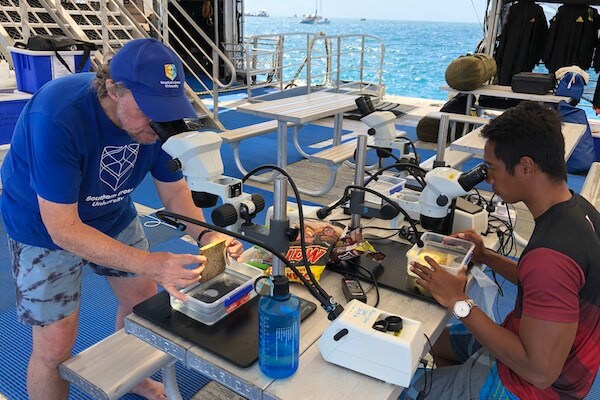
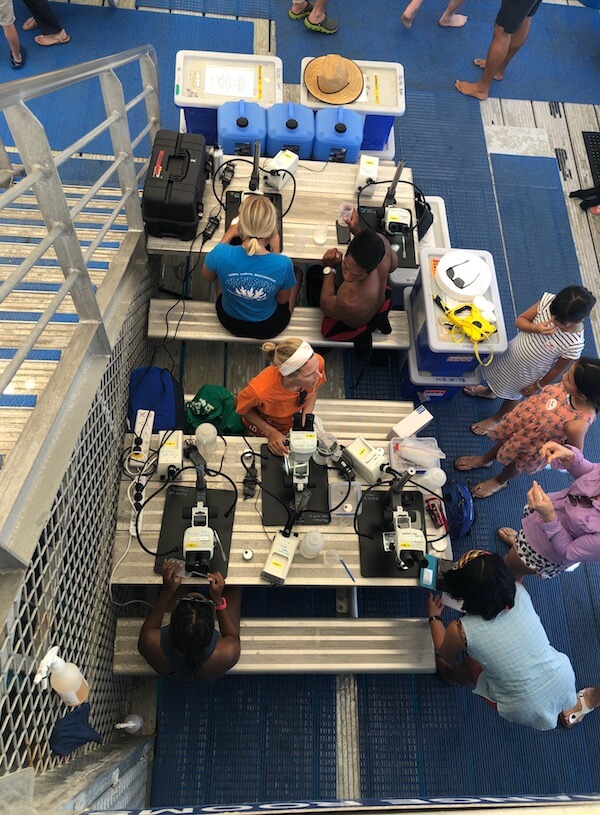
New Innovation
In 2019 an exciting large field experiment was conducted on the sundeck at the Reef Magic Pontoon to provide coral larvae with a boost to help them survive these early parts of their life cycle. The Reef Magic pontoon became the largest Reef Lab in a tourism operation where large tanks containing 3.2 million larvae will be given 1 billion battery packs of extra energy to ensure their survival, but also immunity against warmer temperatures. The Researchers will be providing the coral larvae, their algal symbiont or “zooxanthellae” which is their main energy source before the larvae settle on a reef and turn into baby corals. This does not normally happen in nature; the corals normally require zooxanthellae after they settle.
New Coral Baby Release
After a week the mature larvae were released onto areas of reef at the precise time they are ready to settle on a hard stable substrate and develop into a baby coral. In 2018 this was carried out under large mesh settlement sheets at Vlasoff cay. In 2019, a variety of delivery methods were trialled on impacted sections of Moore Reef which included settlement sheets, divers, specialised robots. A very impressive mass release of 28 million coral larvae at once. All these sites will be regularly monitored in the future to evaluate the success of these trials.
Previous Spawning Events
2019:
- Fitzroy Island; A variety of hard and soft coral were observed to spawn on the third and fourth night after the full moon in October.
- Moore Reef; A variety of hard and soft coral were observed to spawn on the fourth, fifth and sixth night after the full moon in November.
- Moore Reef; A variety of hard and soft coral were observed to spawn on the fifth and sixth night after the full moon in December.
2018:
- Moore Reef; A variety of hard and soft coral were observed to spawn on the fourth, fifth and sixth night after the full moon in November.
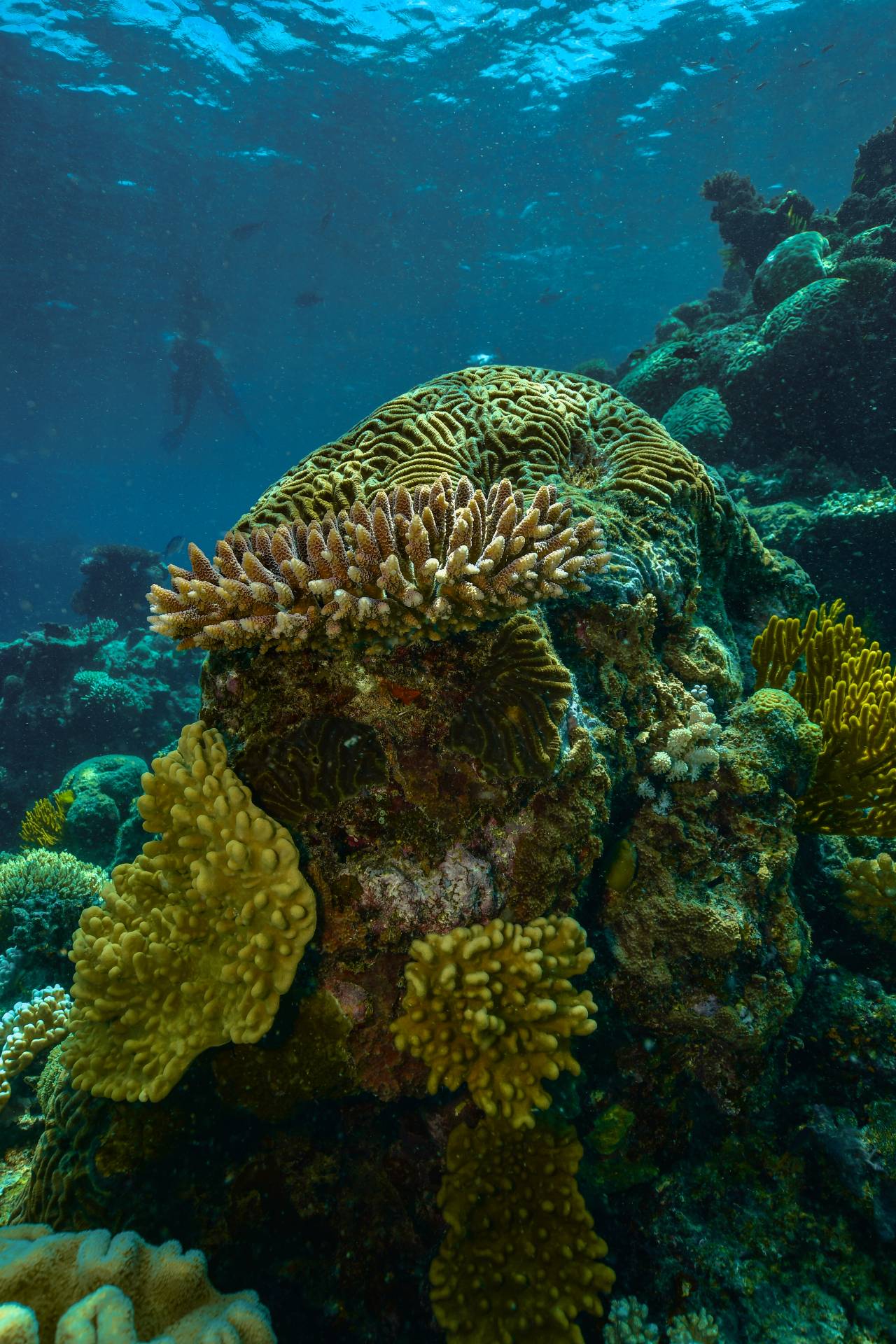
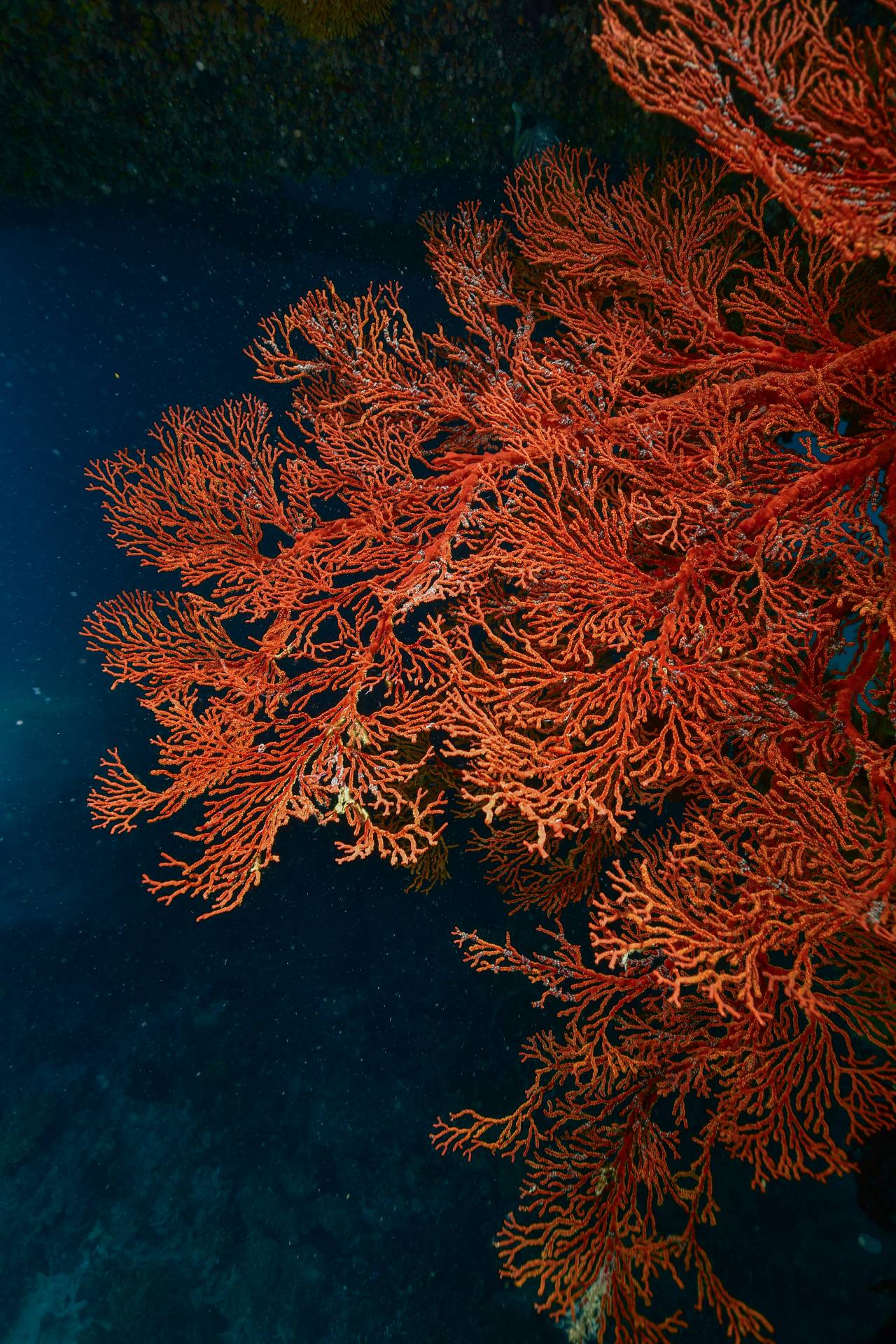
Media Links on Coral Larval Project 2019
Channel Nine – The Today Show
